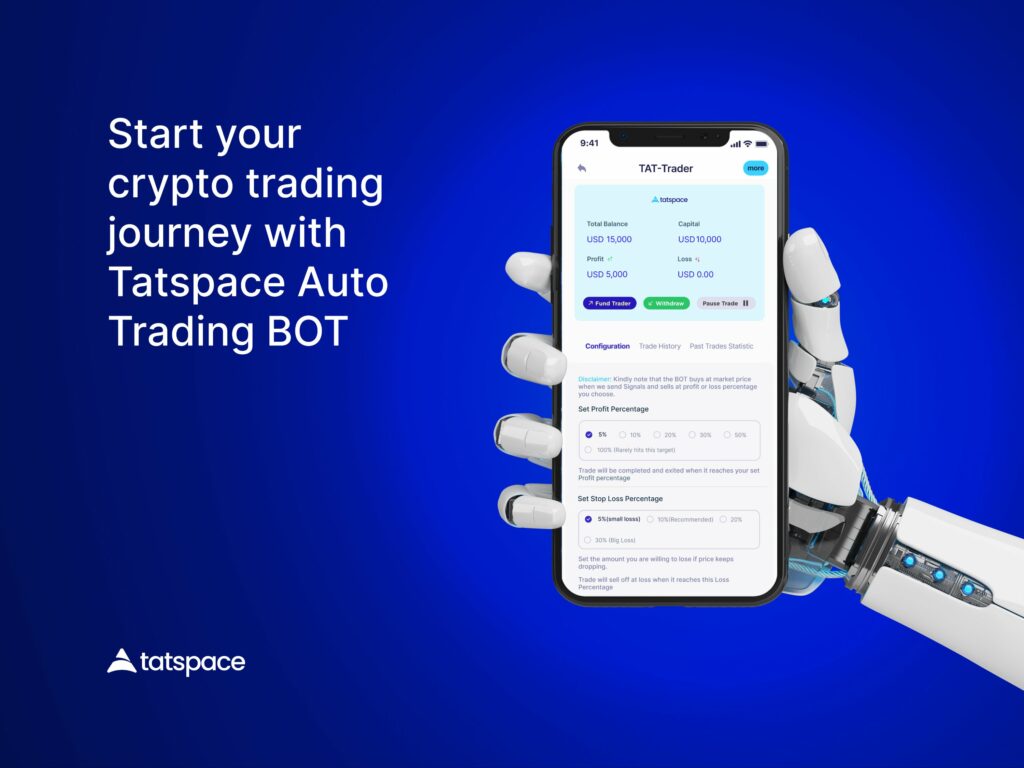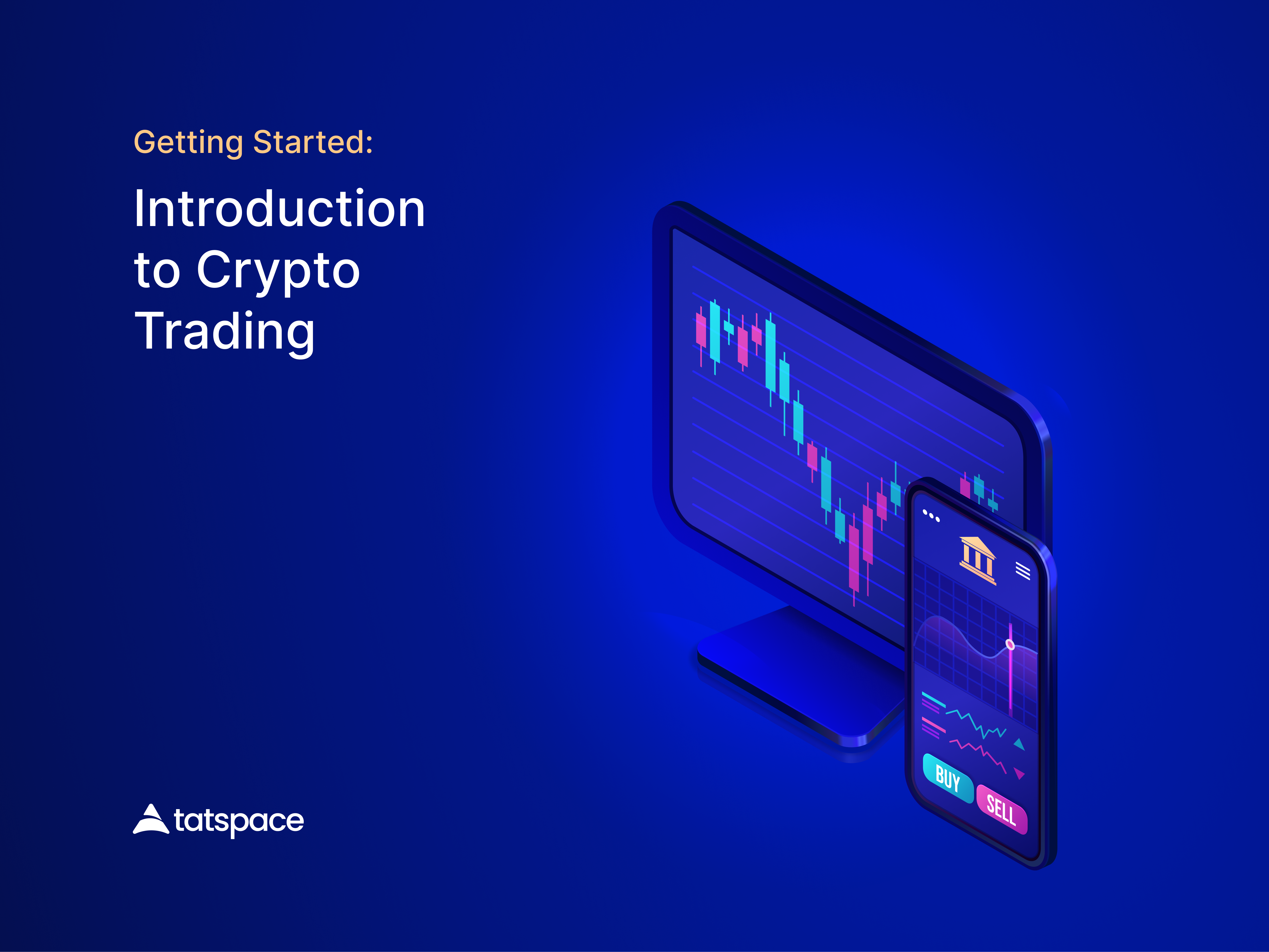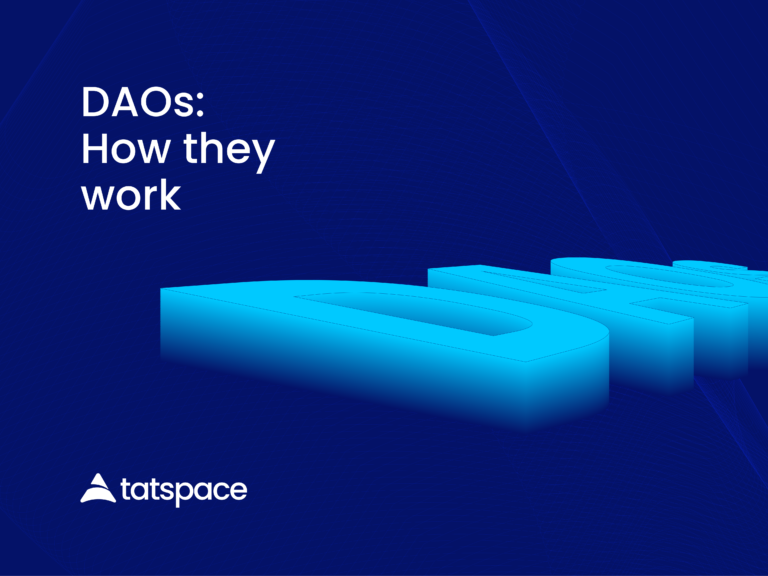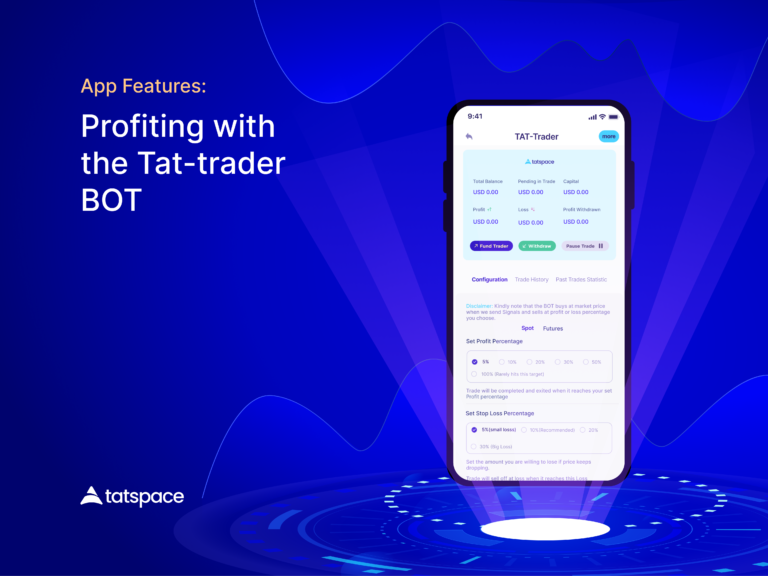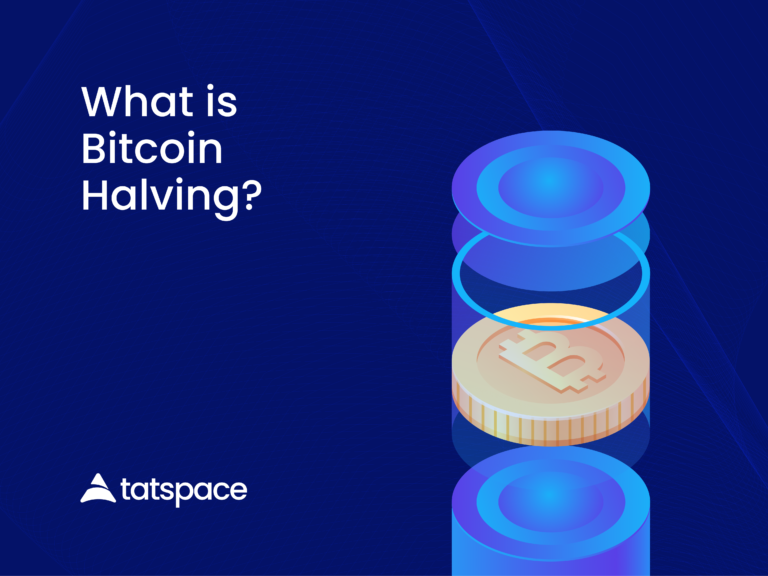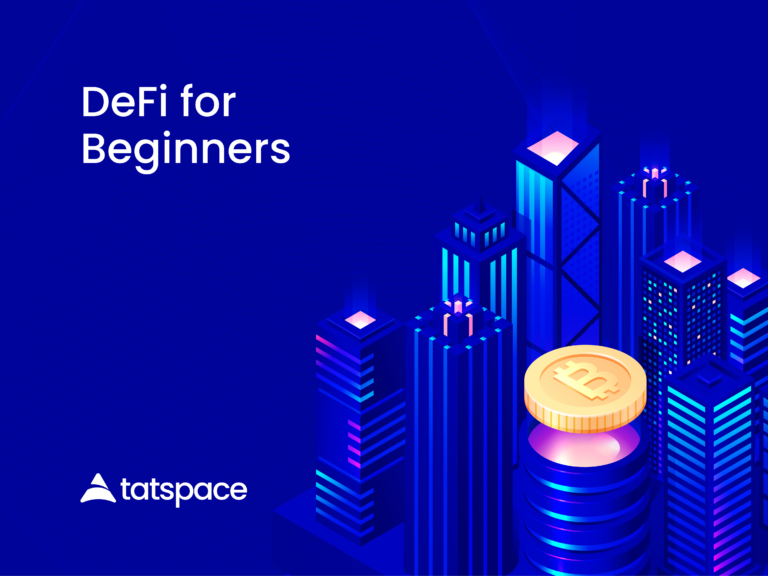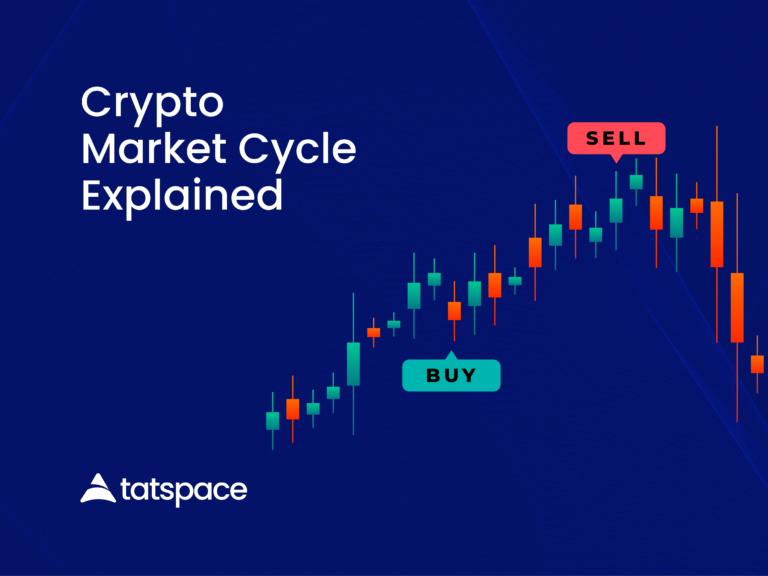Crypto trading refers to the act of buying and selling of crypto assets for profit. Here, cryptocurrency coins and tokens are the financial instruments being traded. Trading can occur on centralized exchanges, on decentralized platforms, as well as on peer to peer set ups.
Good crypto traders have the ability to buy crypto at desirable prices and sell at profitable prices later on. The ultimate goal of every trader is to secure profits from their trades over a short or long period of time. There’s a difference between trading crypto and investing in crypto assets.
Crypto Trading vs Investments in Crypto
Crypto trading differs from investments made in crypto in several ways:
Investors in crypto buy crypto assets with the goal of holding it for a very long time. They aim to hold until its value appreciates over time before they sell. Sometimes, when they receive dividends for holding, they never want to sell off everything. Alternately, crypto traders buy crypto with the goal to sell it as soon as they see enough profit. How soon this happens depend on their trading strategy and greed level. They also use risk management to cut their losses immediately when trades go wrong.
Crypto Investors decide what to buy majorly by conducting a close fundamental analysis on the instrument. Fundamental analysis involves taking a close look at several factors like an asset’s market capitalization, total supply, distribution and many others. This works best when their goal is to hold for a long time.
On the other hand, crypto traders rely on technical analysis to help them make better decisions. Technical analysis helps a trader to study price actions from the past. This makes it possible for them to predict which direction the price of the asset will go next.
Longer term traders can also rely on fundamental analysis in combination with technical analysis. But investors have no need for technical analysis as they are not focused on price actions at the moment they’re buying.
Crypto Trading Platforms
Crypto trading can take place on a centralized or decentralized exchange.
Beginners are encouraged to start by trading on centralized exchanges as they provide a more user friendly interface that makes trading easier. On the other hand, decentralized exchanges offer you more control over the assets you are trading, but beginners may find it difficult to use.
Crypto Trading Types
The two most common ways you can trade crypto instruments are these:
a. Spot Trading
b. Derivatives Trading
Spot Crypto Trading
This type of crypto trading involves buying an asset to hold briefly and sell later when in profit. Both crypto traders and investors use this to buy and sell crypto assets.
Spot Crypto trading makes you the owner of any asset for which you have paid the price. The trade settlement happens immediately the bid or ask price is same as the current market price of the asset you are buying or selling. Bid price refers to the price you want to buy at. Ask price refers to the price you want to sell at. The market price is the current price of the asset in the market.
Spot trading can occur in both centralized and decentralized Exchanges. On decentralized Exchanges, trades are fulfilled instantly, while you can decide how soon your trade is fulfilled on a centralized exchange depending on the order type you use. This type of crypto trading can also be called an “Over the counter” trade.
Derivatives Crypto Trading
This crypto trading type involves trading on crypto derivative products. This does not mean you are buying the asset itself. Rather, you are trading on derivative contracts. Common examples include futures contracts and options trading.
The most popular types of derivatives trading are the futures perpetual contracts and its inverse contract. Both of these involve buying a contract on a crypto asset’s price movement. These contracts are only used in predicting the direction of the price of the crypto asset. You do not own the actual asset. You only own the margin you used to purchase it.
These contracts can be a Long or Short position. When you buy a Long position contract on an asset, you are simply predicting that prices will go up for that asset. When you buy a Short position contract on an asset, you are simply predicting that prices will go down for that asset. Should the price of an asset go in your direction, you earn profits on the margin used to purchase the contract. For perpetual contracts, you earn more Stablecoin; for inverse contracts, you earn more of the crypto asset used as margin.
However, if price goes the opposite direction, you can lose part of your money or all of it, if care is not taken.
Crypto Trading Strategies
We can also classify crypto trading using the trader’s strategy. There are several types of these strategies in use today. They are based on how long-term or short-term a trader is willing to stay in a trade.
Here are the four popular crypto trading strategies:
Scalpers
These type of traders open and close trades in a very short time, usually in less than 3mins. Traders can even open and close trades within seconds.
Traders using this strategy take advantage of sharp price movements in a short period of time to make quick profits. Profits are usually small and insignificant for one trade in comparison to the margin used. However, gathering a stream of little profits this way can mean a lot to a trader. Thus, these strategies involve opening and closing hundreds and thousands of trades daily.
Beginners in crypto trading are advised to avoid scalping. It can get them stuck with the asset they bought at a loss if it’s on the spot market. If it’s on the derivatives market, they may lose their entire margin to liquidation.
Day Traders
This type of crypto traders open and close a trade within a day. They are short-term traders who seek to profit from the price movements of an asset within a day. This trading style is borrowed from the regular stock market where trades close at the end of the day.
Though crypto trading is 24/7, this traders never leave a trade open to the next day. This is probably because lots of things can change overnight in the crypto market. Especially as scalpers are mostly active at nights.
Swing Traders
This type of traders leave their trades open for some days, even weeks. They buy crypto asset or derivatives contract with the expectation that the price will change significantly to their advantage in a few days or weeks.
They sell as soon as the market goes in their favour within the period, or as soon as they are satisfied with the return.
Position Traders
This type of traders are the ones with the long-term mindset, similar to crypto investors. They always take advantage of crypto currency dips to buy assets they believe their prices will bounce back over a few months.
They can stay for as long as it takes for the market to recover before they take profit and move on.
Whether you are trading on the spot or derivatives market, you can find a suitable trading strategy that works best for you. Very impatient traders go with scalping, but that requires having adequate knowledge of the crypto market. People who use this are full time crypto currency traders. This is their day job. They are also good with technical analysis.
Position Trading is for the very patient ones. For them, trading is often only a side Hussle. They look at both the fundamental and technical analysis for any asset they want to trade.
Tips for Staying Profitable in Crypto Trading
The following tips can help you stay profitable as a crypto trader.
The most important thing about being a successful trader is gaining the needed knowledge before venturing into crypto trading. Having little or no understanding on how the crypto market work before venturing in can bring you losses.
In your quest to understand how the market works, you are expected to learn fundamental analysis and technical analysis. Knowing and using both analyses will help you make better trading decisions.
A successful trader is also one who is not moved or controlled by their emotions. When you trade based on how you feel at the moment, you are setting up yourself to lose. Thus, you have to be in control of your fears and potential for excessive greed.
Profitable crypto traders also have a good trading plan that they strictly follow. Changing your plan midway in a trade can deprive you of the gains. You may end up making the wrong choices of trades or miss opportunities.
Additionally, knowing the right time to buy or sell can help you stay in profits too. This requires mastering the crypto fear and greed index. Buying when others are panicking and selling when others are fomoing is a good idea. However, it also depends on the asset being traded.
Finally, you need to have patience and stick to your trading plan. Patience is a very crucial factor if you want to stay very profitable as a crypto trader.
Important Terms in Crypto Trading
These terms are found in daily use of crypto trading platforms. Get familiar with them before you venture into actual trading.
1. Long
This refers to an expectation for price of a crypto asset to increase. It involves opening a trade (buying an asset) with the expectation to sell in gain when price goes up. It equally refers to buying a futures contract in expectation for prices to go up.
2. Short
This refers to the expectation for price of a crypto asset to decrease. It involves opening a trade (selling an asset) with the expectation to buy back at lower price so you can make gains when price come up again. It also involves buying a futures contract in hopes that prices will go down.
3. Bear/Bearish
This refers to a situation when price is going down or looks like it will go down. It can also be a trader’s sentiment/wish/expectation for price to decrease. This can be seen in charts with indicators moving downwards.
A bear market thus refers to a crypto currency market when the price of the crypto asset is down or going down. When market is bearish, traders are taking short positions. Those taking long positions are hoping for a bounce upwards.
4. Bull/Bullish
This is the situation in which price is going up or is looking like it will go up. It can equally be a trader’s sentiment/wish/expectation for price to increase. You can see this in charts with indicators moving upwards.
Thus, a bull market refers to a crypto currency market when the price of the crypto asset is going up. When the market is bullish, traders are mostly taking long positions. Those entering short positions are expecting a reversal in price.
5. Bull Trap
This refers to a situation when the market that is seen as Bearish suddenly starts going up. This appears like the bull market has returned, but reverses later on to go further down than its previous low level. It’s a trap because those who buy long positions are unable to get out without losing some money.
6. Bear Trap
This refers to a situation when the market that is Bullish suddenly starts going down. It makes traders think the bear market wants to return, but reverses later on to continue further up.
Those who sell their asset with the intention of buying lower are trapped out from their previous more lucrative positions. They end up buying less than they had before because price has gone up more than when they sold.
7. Dump/Dumping
Dump refers to selling your crypto assets off. Dumping refers to when the price is spiraling downwards because a lot of people are selling off rapidly. This happens when supply (sellers) exceed demand (buyers).
8. Pump/Pumping
Pump refers to buying crypto assets inorder to drive price up. Pumping is a situation when the price of a crypto currency is going up rapidly because more people are buying or fomoing. Here, the buyers are more than the sellers making the demand higher than the supply.
9. Open/Buy
This refers to when you are entering a trade. Open Long means to enter a long position. Open Short means to enter a short position. When you’re opening a position you’re buying an asset or it’s derivatives contract.
10. Close/Sell
This refers to when you want to exit a trade. Close Long means you want to exit your long position. Close Short means you want to exit your short position. When you are closing a position, you are simply selling. A trade can be closed at a loss or profit.
11. Position
This refers to a trade you have opened in a derivatives market. It can be a long or short position.
In the spot market, it refers to the quantity of assets you are holding at a specific average price. For instance, you are holding 2000 tatcoins with an average purchase price of $1 per token.
12. PNL
This stands for profit and loss. This is what you have gained or lost from your initial trading capital/equity. It is the ROI from your trading.
13. Limit Order
This is a type of order that allows you to buy or sell an asset or enter a position at your own desirable price. You can only buy or sell with this order type when the current price of an asset catches up with your limit order price. If not, it will just remain an order, never filling.
When you are buying and your limit order price is above current price, it will be filled instantly. When you are selling and your limit order price is below market price, it will be sold immediately.
14. Market Order
This is a type of order that lets you buy an asset or a position instantly, at available current market price. This order simply goes straight to buy from or sell to an existing limit order.
When using market order, you experience what is called slippage. Slippage means that you MAY end up buying higher than the price you see or selling lower than the price you see. This is dependent on how volatile the market is and the quantity of the asset you’re buying or selling.
15. Trigger Order
Also known as conditional order or stop limit order.
It is a type of order that lets you choose when you want your limit order or market order to be entered into an order book. It requires you to set a trigger price. Whenever the current market price of the asset hits your trigger price, then your order will be placed, whether limit or market.
If trigger is never hit, your order is never listed in the order book.
16. Order Book
This is a list of limit orders people placed to buy or sell their crypto assets. These orders are not filled yet or are getting filled in real time. The bid prices are below market price and the ask/offer prices are above market price.
17. Stop Loss/ Take Profit
Stop Loss refers to a price at which you want to exit a losing trade without incurring further losses. Take Profit refers to a price at which you want to exit a profitable trade with your gains intact, irrespective of whether market continues upwards or reverses.
18. Order Price.
Refers to your ask or bid price or market price. Your order will sell at your order price if it’s a limit order. Otherwise, it will sell at the best available price if it’s a market order.
19. Filled Price
This refers to the price at which your order was sold or bought. If you are using market order, your filled price may be lower or higher than your order price.
20. Support Level
This refers to a price level in the market charts when a bear market price always tends to reverse upwards. It simply means that buyers usually take over the market whenever price gets to that level. Sellers got weak at this point making demand higher than supply.
21. Resistance Level
This refers to a price level in the market when a bull market price always tends to reverse downwards. Supply suddenly exceeds demand causing sellers to sell off rapidly.
22. Price Reversal
This is when a bear or bull market changes direction to go up (if initially bearish) or go down (if initially bullish). Price reversals usually occur at the support or resistance levels.
23. Break/Breakout
This refers to when the market cracks either a support level or a resistance level to continue beyond normal reversal points. This can be real breakout or a false one. If false, it can either be a bear or a bull trap depending on the direction.
24. Trend
This refers to the direction of the market as seen in a chart for a longer period of time. It can be an upward/bullish trend or downward/bearish trend.
A trend can include upwards and downwards price movements (ranges). What this means is that even in a bullish trend, there will be intermittent fall in prices.
25. Ranging
This refers to when price is oscillating between the resistance and support levels. It goes up, down, up, down and so on, without breakout in any direction.
26. Volume/Trade Volume
This refers to the quantity of the crypto asset that is traded within a specific timeframe. Often measured in its dollar value (quantity x price of one of the asset).
Timeframe here can be 1hr, 4hr, 1day, 1week, 1month, etc
27. Margin
This is an amount of money you use to open a trade or an amount available for use in a trade. It basically refers to the part of your equity or capital which you are using to trade.
28. Margin Trading
This term refers to a type of crypto trading that involves borrowing money to buy more than your available margin. It involves the use of leverages, eg: 2x, 5x, 10x etc.
29. Equity
This is simply your trading Capital or funds in your spot or derivatives account. Your margin depends on your equity. It can be equal to or less than your equity, but not more.
30. Leverage
This refers to the amount you borrowed to be able to open a trade that is bigger than the margin you want to use in the trade. The higher the leverage, the higher possibility of huge profit or loss, and the bigger chances of fast liquidation. For instance, if you open a trade with 5x leverage and a $10 margin, your purchase is worth $50.
31. Liquidation
This refers to the loss of all your available margin used in a trade. It happens when your loss exceeds the amount you borrowed as leverage and you have no additional margin to add to the position.
32. Cross Margin
This refers to the type of derivatives trading position which uses all your derivatives balance as margin to prevent liquidation incase your margin used in a trade is exhausted when the market is going against you.
In the event of liquidation, you lose everything in your derivatives balance. New crypto traders should not open a trade with cross margin.
33. Isolated Margin
This refers to a trade that only relies on the margin you use in the trade. It does not touch your derivatives balance if market goes sideways. However, it means you can get liquidated easily without losing your other balance. This is best for those new in crypto trading. It helps them avoid losing all their available equity.
34. Hedging
This refers to when you open a trade to counter the potential losses of another trade that you do not want to exit. The two trades must be on the same crypto asset.
For instance, you opened a long position on the BTCUSDT contract, but the market starts going down. So, you opened a short position on the same contract, instead of closing the first one at loss.
A hedge prevents liquidation if prices don’t change too much, but it depends on the quantity of your hedge in comparison to your original position. Hedging can only happen when you are on Cross Margin trading.
35. OCO
This acronym stands for “One Cancels the Other.” It’s a type of order where you can set 2 trigger orders in one to open a long or a short position. Whichever one happens first, the other is cancelled.
36. GTC
This stands for “Good Till Cancelled.” It means that the trade you are opening will stay in the order book until it is filled unless you cancel it.
37. Post only
This is a type of order that does not get registered in the order book. It is usually used to close an open trade position at a given price of choice. It is used to set up Take Profit levels that fills at your order price.
Conclusion
In this article, we have discussed the basic things you need to be familiar with as a freshman in crypto trading. Understanding these basics will help you get started in your crypto trading journey.
It is best new traders first equip themselves with the relevant knowledge before starting off. This will help them stay safe from unexpected losses.
Have you been profitable in your crypto trading since you started? Drop a comment in the box below on your experience so far.
<Previous Lesson.
